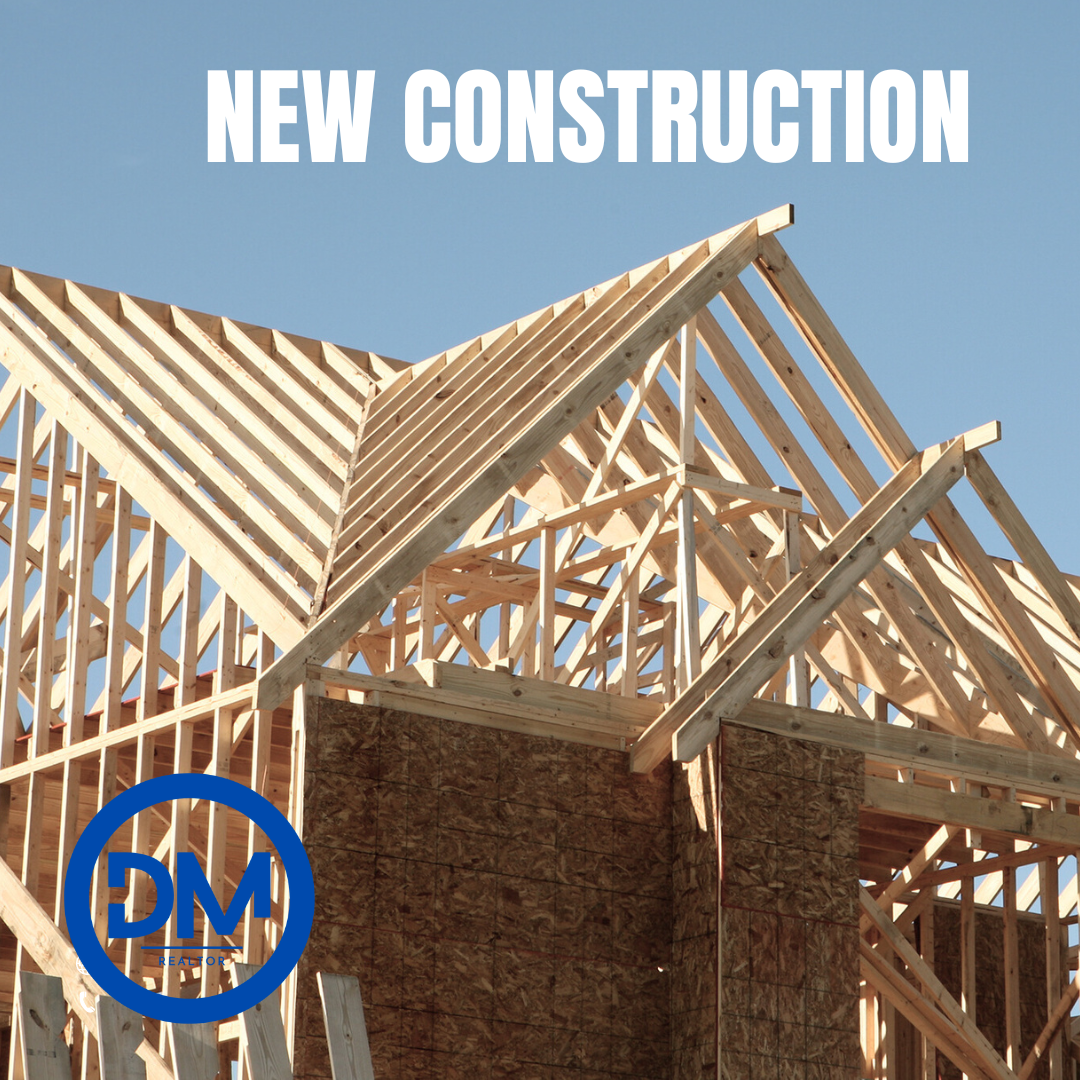In a world that often equates success with the size of our homes, the tiny house movement has emerged as a powerful counter-narrative. Tiny houses, typically ranging from 100 to 400 square feet, have captured the imagination of people worldwide, challenging conventional notions of homeownership and offering a glimpse into a simpler, more sustainable way of living. In this article, we’ll delve into the allure of tiny houses, exploring the benefits, design principles, and the profound impact they can have on our lives.
The Appeal of Tiny Houses
- Sustainable Living: One of the primary reasons people are drawn to tiny houses is their environmental friendliness. These diminutive dwellings often have a significantly smaller carbon footprint compared to traditional homes. Reduced energy consumption, minimal construction materials, and the potential for off-grid living are some of the eco-friendly aspects that make tiny houses an appealing choice for those concerned about the planet.
- Financial Freedom: The affordability of tiny houses is another significant draw. With lower construction costs and minimal utility bills, tiny house owners often find themselves liberated from the burdens of a hefty mortgage or rent. This financial freedom allows them to allocate resources to experiences and endeavors they truly value, rather than being tied down by the weight of housing expenses.
- Simplicity and Decluttering: The limited space in tiny houses encourages a minimalist lifestyle. You must carefully curate your belongings, which can be a profound exercise in letting go of material possessions that no longer serve you. Living with less clutter can lead to reduced stress and a greater appreciation for the things that truly matter.
Design Principles of Tiny Houses
- Functional Space: The key to successful tiny house living is maximizing the functionality of every square foot. Ingenious storage solutions, multi-purpose furniture, and clever design tricks are essential in ensuring that every inch serves a purpose.
- Natural Light and Openness: Tiny houses often feature large windows and open floor plans to create a sense of spaciousness and connection to the outdoors. Natural light not only makes the interior feel larger but also contributes to a positive and uplifting atmosphere.
- Quality over Quantity: In a tiny house, every detail matters. Many tiny house enthusiasts invest in high-quality, durable materials and appliances to ensure their homes are built to last. This emphasis on quality over quantity extends to the overall design aesthetic as well, with many tiny houses featuring elegant and minimalist interiors.
The Impact of Tiny Houses on Lifestyle
- Freedom to Roam: Tiny house living often goes hand in hand with a desire for a more nomadic lifestyle. Many tiny house owners are free to pick up and move their homes to different locations, allowing them to explore new places and experiences while maintaining the comfort of their own space.
- Stronger Sense of Community: Contrary to the idea that tiny house living is isolating, many tiny house communities have sprung up across the globe. These communities provide a support system and a sense of belonging, fostering connections with like-minded individuals who share a commitment to sustainable living.
- Increased Focus on Experiences: With fewer possessions and financial burdens, tiny house dwellers often find themselves shifting their focus away from material accumulation and toward experiences. This can lead to a richer, more fulfilling life centered on personal growth and memorable adventures.
Tiny houses are more than just compact dwellings; they represent a paradigm shift in the way we think about housing and the role it plays in our lives. By embracing sustainability, simplicity, and a focus on what truly matters, tiny house enthusiasts are pioneering a path to a more intentional and fulfilling way of living. While tiny houses may not be for everyone, they offer valuable lessons about the importance of reevaluating our priorities and redefining what it means to call a place “home.” Whether you’re intrigued by the idea of downsizing or simply inspired by the principles behind tiny houses, there’s no denying the beauty and transformative potential of these small wonders.

 Facebook
Facebook
 X
X
 Pinterest
Pinterest
 Copy Link
Copy Link









